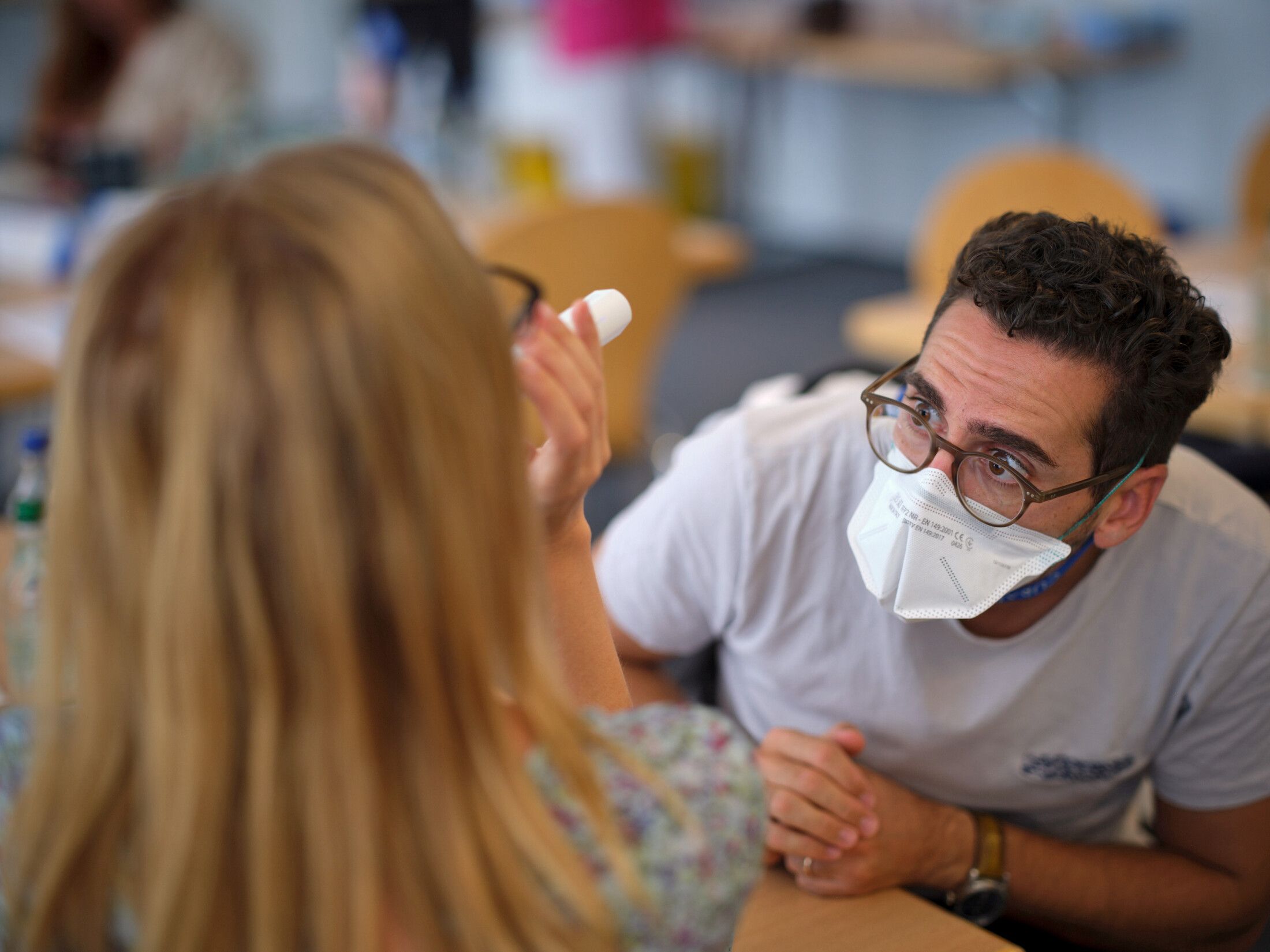15. Aug. 2025. First results of the pilot training module in individual oral prophylaxis for dental students program have been published (involved were selected Italian Universities). This initiative is overseen by our Board Member Denis Bourgeois and was financially supported by the AVOLA DECLARATION ASSOCIATION, Lucerne, Switzerland.
Mazur, M.; Vitiello, F.; Ndokaj, A.; Izzetti, R.; Tosco, V.; Corridore, D.; Mannucci, C.; Monterubbianesi, R.; Giuca, M.R.; Ottolenghi, L.; et al.
Improved Plaque-Induced Gingivitis in Students Using Calibrated Interdental Brushes: Results of a 3-Month Multicenter Educational Intervention.
J. Clin. Med. 2025, 14, 5738. https://doi.org/10.3390/jcm14165738
Objective
The study evaluated the impact of daily use of individually calibrated interdental brushes (IDBs) on gingival bleeding among dental and dental hygiene students over three months, with the intervention embedded in academic curricula.
Methods
- Prospective cohort involving 117 second-year dental and dental hygiene students in three Italian universities.
- All students received personalized sizing and training for daily use of IDBs matched to their interdental spaces.
- The main outcome was bleeding on interdental brushing (BOIB), measured at baseline, one month, and three months.
- Data on oral hygiene habits and adherence were collected, and statistical analyses included Wilcoxon tests, regression, and ANCOVA.
Key Results
- Significant reduction in gingival bleeding: Median bleeding scores dropped from 50.0% at baseline to 15.4% at one month, and to 11.5% at three months (p < 0.001).
- Regular IDB users had a 15-16 percentage point greater reduction in bleeding than occasional users.
- Both dental hygiene and dental students benefited comparably from daily calibrated interdental cleaning, though hygiene students started with lower baseline bleeding.
- The most pronounced improvements were seen in the typically hard-to-clean posterior molar areas, though residual bleeding remained a bit higher here vs. anterior teeth.
- While initial behavioral factors and demographic variables (e.g., frequency of brushing, toothbrush type, smoking) showed weak and inconsistent associations with bleeding, regular IDB use was a strong and consistent predictor of improvement.
- Smoking and use of electric toothbrushes somewhat reduced the observed benefit from regular interdental brushing.
Educational Impacts and Recommendations
- The integration of calibrated interdental hygiene protocols into dental education is feasible, effective, and promotes early adoption of preventive behaviors.
- Consistent and regular interdental cleaning should be emphasized as a core preventive practice, not merely supplementary.
- Clinical and educational gains are rapid and can be sustained over several months with structured support and supervision.
Conclusion
Daily use of calibrated interdental brushes, combined with a structured educational framework, produces significant and sustained improvement in gingival health for dental students. This approach should be systematically included in dental curricula to promote lifelong oral health behaviors among future professionals and, by extension, benefit the broader population.
